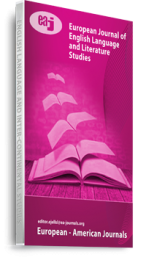The Plague by Albert Camus appears to be a biographical and traditional narrative, but in fact Camus employs various postmodern meta-fictional narrative strategies in his novel, such as overtly indicating the author’s presence in the work, occasionally the author intrudes directly to make comments, revealing its artificial fiction; changing narrative perspectives; parodying traditional diaries and heroic legends; intertextuality, collage, etc., which, to a certain extent, demonstrate the literary characteristics of postmodernism: indeterminacy, anti-center, everything is nothingness, etc., and also subvert its narrative conventions, breaking our readers’ expectations. This is to a certain extent the literary characteristics of postmodernism: anti-determinism, anti-center, everything is nothingness, etc. It also subverts its narrative rules and breaks our readers’ reading expectations. Camus’s use of meta-fictional narrative strategies reveals the postmodernism hidden in Camus, his view of the world of vanity, and the plight of contemporary human existence.
Citation: Xiaohong H. (2023) The Narrative Strategies in Albert Camus’ The Plague: A Metafictional Reading, European Journal of English Language and Literature Studies, Vol.11, No.2, pp.13-23
Keywords: Metafiction, Postmodernism, living dilemma, narration

